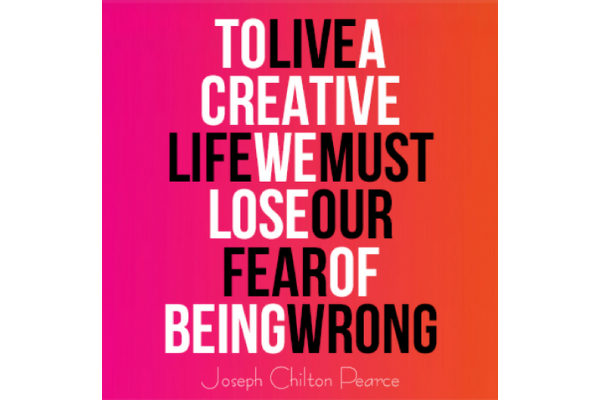Graham Wallas, a 19th century psychologist, once said “There are four stages of creativity: preparation, incubation, illumination, and verification.” All four of these stages can be applied to the creative brainstorm process and help make your next session productive and successful.
Each stage is essential as they each have their own benefits:
- The preparation stage allows for research and investigation of the problem, the reason for the brainstorming session. It’s the stage where you gain valuable insight and arm yourself with the tools needed to generate your soon-to-be killer ideas.
- The incubation stage, in my opinion, the most important stage of the process, is where your creativity is activated. During this stage your subconscious brain takes everything it has learned from the research stage and comes up with creative solutions and thoughts that can be shared later in the process. Our CEO, co-founder and fearless leader, Chris Lewis, says in his book “Too Fast To Think” that the most creative ideas come when you least expect it so, make sure you allot for this “incubation”. Who knows? Your next big ‘a ha moment’ could come when you’re watching Netflix or casually swiping left.
- The third stage is the illumination stage. Like an actual brainstorm session, this is where your ideas (and others) come to fruition. Where you can discuss your ideas with the brainstorming group and expand upon them to make them realistic, tangible and suitable for the campaign and client.
- The final step is the verification stage, which happens after the brainstorm session. It is the activation of the ideas that came as a result of the process. It is used to support the success of your campaign and actionable items that come out of the brainstorm.
Realizing these four stages and putting them into practice will take time and effort. However, allowing the time for these important steps, will make your brainstorms more productive and creative for you and your team.
Now that we’ve discussed the creative process, let’s dive into some quick tips on putting these steps into practice.
- Research, research, research. (The Preparation Stage)
Typically, when an invitation for a creative brainstorm is sent, a brief explanation for the brainstorm is shared; i.e. goals for the campaign, the client name, the product (if applicable), etc. Once you have this information, take some time to do your research. Find out what you can about the client, the product, or the theme. In doing so, you’ll show your coworkers that you care, are interested and are here to help. Also, check out the client’s competitors to gauge what they’re doing in the space and see how you’d recommend doing it in a better and different way. - Come with some ideas. (The Incubation Stage)
If you have a good or bad idea, share it! Your idea could ignite the spark needed for an even bigger concept. Generally, when it comes to brainstorming, there is no such thing as a bad idea. Even crazy, out-of-the-box, or half-baked ideas are worth throwing out to the group. - Open your mind. (The Illumination Stage)
Joseph Chilton Pearce, an American author, once said “To live a creative life we must lose our fear of being wrong.” So, don’t beat yourself up over a seemingly “bad” idea and don’t be afraid to speak up when you have something to say. Fear of saying the wrong thing during a brainstorm and fear of being judged about your ideas, only closes your mind off to your creative potential. Allow creativity and some craziness to flow during the illumination stage and you’ll have bigger, better, and more unique ideas as a result.
- Don’t take it (and yourself) too seriously. The best results have come out of fun brainstorms where the whole team is laughing at ridiculous ideas. The laughter sparks the creative and enjoyable aspects of a brainstorm which in turn helps the productiveness and usefulness of the session. There is nothing beneficial about getting into a room with ten others where there are no ideas, no laughter and no fun! So, don’t put too much pressure on yourself or the group.
- Bonus Tip: Bring snacks, it’ll help the session feel less like a meeting and more like a get together with your coworkers.
Here at Lewis, we love brainstorming the “next big idea” and coming up with inventive campaigns. Are you in need of some creative inspiration and help? Contact us today! We’d love to impress you with our creative prowess.



